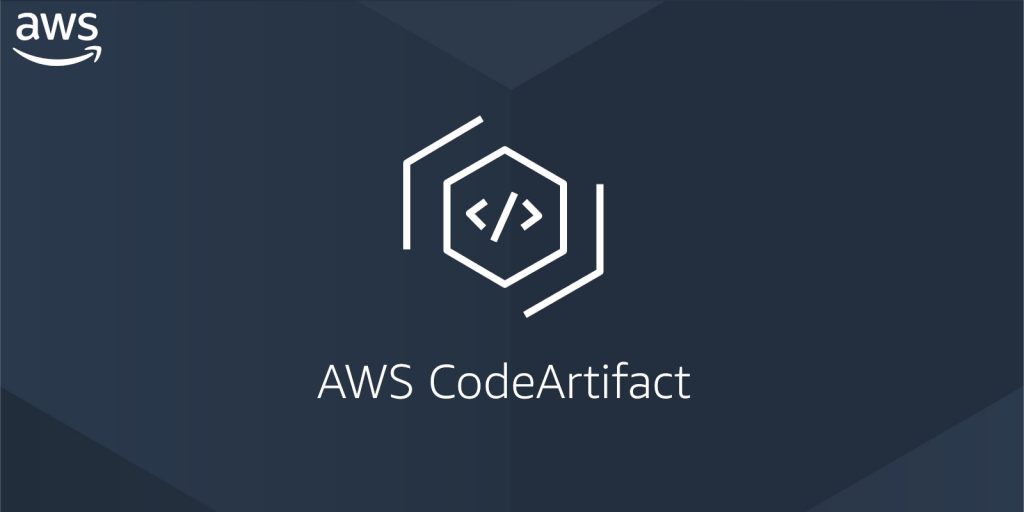
Stanford CoreNLP Introduction
How to install multiple APKs on Android
Android Moshi and Polymorphism
Start your Application after system boots
Use AWS CodeArtifact in your project

Why CodeArtifact
You should have the experience to create the in-house libraries and integrate them with other projects by either using the multi-module development or publishing them as the AAR files for usage. Here comes another great option from AWS, you can use the CodeArtifact to host your local Maven repositories.
Something related to the System App
Import Android Framework Jar
Import AOSP framework jar file
Why do we import the AOSP framework jar file to the Android Studio? It’s usually unnecessary to import this jar file to develop a standard application for your project. But when you need to build an application that will need to interact with your framework code or do system integration with your hardware, those are two good use-cases to put the framework jar into the Android Studio.
Here we will show you how to import this framework jar file and use it in your project.
Gradle dependency management

Gradle Dependency Management
If you are using single module architecture in your project, there’s no problem. But multi-module Android projects are the primary way to develop an Android App now, and it’s highly recommended to use this way to take advantage of performance improvements with Android Gradle Plugin (AGP) 3+. However, when the module size increases, we encounter a big issue - dependency management in each module.